Imagine a group of Indians sitting quietly under the shade of a tree, wiping sweat from their brow and calculating how many more trips they must make with their baskets to complete their newest mound. They have made countless trips already and their efforts are almost complete. Hard work and sweat were some of the tools used recently to preserve a piece of Arkansas’ history. Recently, the staff at Toltec Mounds Archeological State Park worked side by side with the Arkansas Archeological Survey, volunteers from the Arkansas Archeological Society, and the Arkansas Game and Fish Commissions “Stream Team” to stop the erosion of one of the mound slopes at the park. A sense of accomplishment was the end result, knowing that we had done our part to preserve this piece of the past. Here is our story.
One fall afternoon, the park staff was picking up trash along the lake bank and discovered several artifacts that had surfaced on Mound P. The fluctuating water levels of the lake had partly caused the erosion of the back side of this mound. The survey archeologist at the time was Dr. Jane Anne Blakney-Bailey. Under her direction, we surface collected the artifacts and started making plans to stabilize the slope. The picture to the right shows some of the artifacts that were collected.
One of the first things that needed to be done was to excavate a portion of the mound. This area of the site was uncharted territory for professional archeologist so this was an exciting opportunity to explore the mound. The Arkansas Archeological Society and the Arkansas Archeological Survey held the annual training dig at Toltec Mounds during the summer of 2010. Under the direction of Dr. Blakney-Bailey, Mound P was selected as a dig location. There were six units opened up and a wide variety of artifacts and features were discovered at this location during excavation. The picture shows a one of the artifacts that was found as a result of this excavation.
Once the excavation was complete, further plans were made to stabilize the mound so that more artifacts were not lost to erosion. Park Superintendent Stewart Carlton worked to find the best possible methods to get the job done. He enlisted the advice and help of the Arkansas Game and Fish Commission’s Stream Team” and the current resident archeologist Dr. Elizabeth Horton. They worked together to develop a preservation plan. The plan was carried out on August 31st, 2011. The loose vegetation was cleared away and coconut matting was placed directly on the mound surface and held in place with wooden stakes. Large tree trunks were then laid down and secured at the base of the mound with metal cables. The final step was to plant and encourage vegetation to grow on the mound slope. Sometimes pictures are worth a thousand words…
- Bone disc
- Artifacts
This long vanished culture (archeologists call them the Plum Bayou Culture) can speak to us only through artifacts and features like the mounds. Archeologists get one chance to read the true story of the Plum Bayou Culture. If erosion, animal burrows or looting get in the way, accurate information is lost forever. Preserving archeological features allows archeologists a chance to see features of the site undisturbed. Saving these 1,200 year old features provides priceless information for future generations.
Robin Gabe has been a park interpreter at Toltec Mounds Archeological State Park for eight years. She began her career with Arkansas State Park system as a seasonal interpreter at Lake Poinsett State Park. She grew up in Caldwell, Arkansas and received her Bachelor’s of Science in Education from Arkansas State University in Jonesboro in 1997.


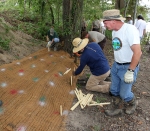



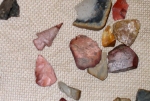




 Posted by Arkansas State Parks
Posted by Arkansas State Parks 


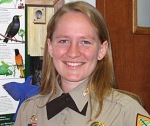




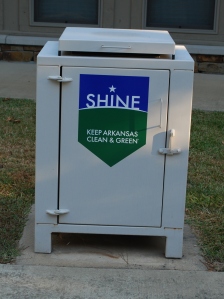
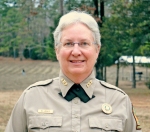


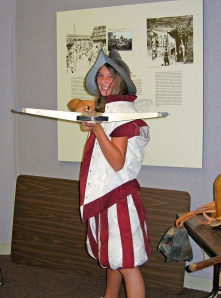

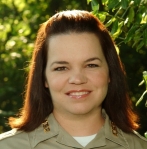


 “Throwing rocks in the river
“Throwing rocks in the river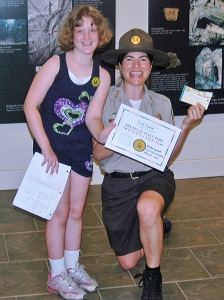











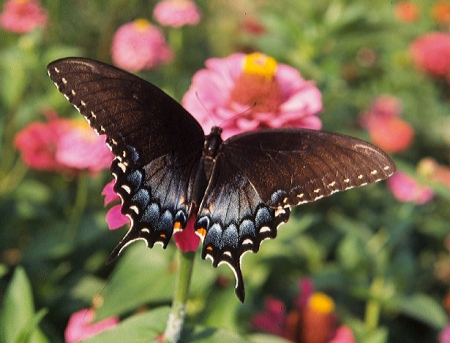




 Facebook
Facebook Twitter
Twitter YouTube
YouTube
